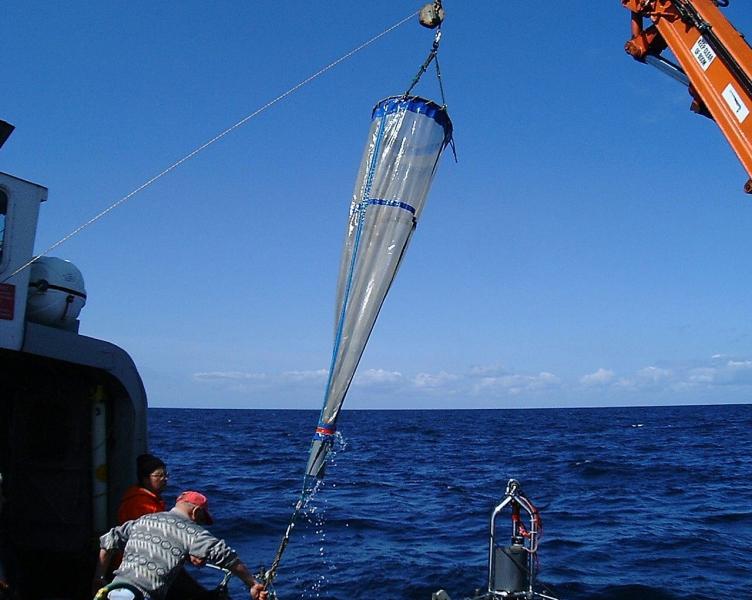
……..also known as plankton, an important part of our marine ecosystem.
A real expert, Dr Dave Conway of the Marine Biological Association gave Coastwise members a guided tour of the plankton world, touching on the wide variety of species and their sometimes wierd and wonderful appearance, parasitic forms, and the way that surveying their presence and populations is providing clues on how the oceans are changing.
Phytonplankton are mainly algae, and classified taxonomically as Chromista, including such oddities as Noctiluca scintillans, or Sea Sparkle (R, 2nd from top) which does not photosynthesise, but engulfs food – plankton, diatoms, other dinoflagellates, fish eggs and bacteria.
When these phytoplankton decay, they release proteins and lipids, which can cause large accumulations of foam when whipped up by heavy weather, in these same way as egg white can be whipped into meringue (R, 4th from top).
Some of these, though microscopic, are really attactive, and the Victorians, who identified and classified many in the 1830s – 1860s, made microscope slides with geometrical arrangements (R, 5th from top).
Zooplankton are generally animals in their larval stage, and many spend their whole lives as plankton, such as the Thecosomata gastropod, or Sea Butterfly (R, 3rd from top).
However, some, called Meroplankton, are only in the plankton temporarily. These are mainly the larvae of bottom living animals and also parasites. These include varieties of Polychaete worm, jellyfish, bivalves, crustaceans and cnidaria.
There are quite a few parasitic species like trematodes and nematodes, and isopods can be parasitic on some copepods.
Understanding the distribution of plankton is undertaken mainly by towing sampling equipment (R, bottom) from commercial vessels covering a wide variety of trading routes. These collect 500 miles' worth of sample by sandwiching it between two silk strips which are would from one reel to another, then kept in a formalin bath (see R). The resulting "sandwich" is then examined and analysed back at the MBA .
A great and informative talk by a real expert with 57 year's worth of experience in the field !
[Pictures courtesy of the Marine Biological Association and Dr Dave Conway.]

